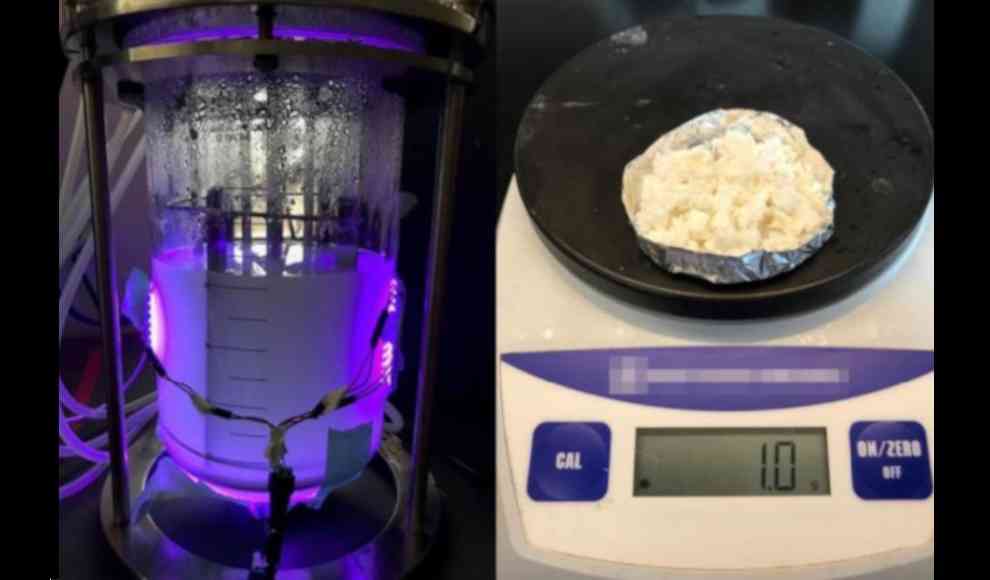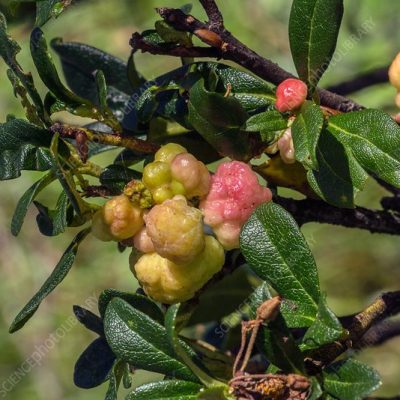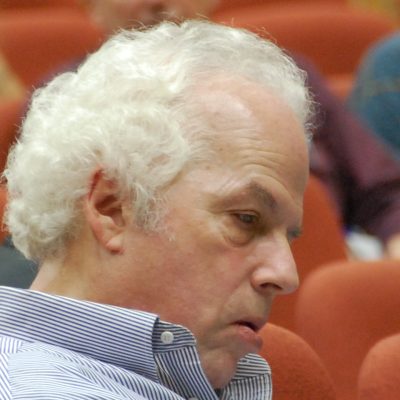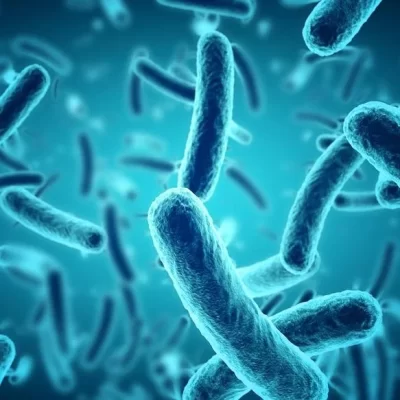Scientists at the University of Colorado have developed a Bio-Nano hybrid that uses microbes to produce carbon-containing products such as plastic and gasoline from CO2, nitrogen, and sunlight. The process mimics photosynthesis and could be used directly by consumers in the future. The researchers hope that this technology will allow for the environmentally friendly production of basic materials while also slowing down climate change by removing carbon dioxide from the Earth’s atmosphere. The Nano-Bio hybrid organism is different from previous attempts because the synthesis steps of the bacteria are supported by non-living nanostructures. The bacteria are optimized using nano quantum dots, tiny semiconductor structures that are comparable to individual pixels of a display. The researchers have transplanted nano quantum dots into the biological cells of the bacteria and then activated them with light, forcing the cells to produce various enzymes that accelerate the chemical synthesis of nitrogen and CO2 into other substances.
The living factories can produce sustainable carbon-containing chemical products, according to the authors of the study, as the “innovation demonstrates the performance of biochemical processes.” The microbes used are abundant and can be found in any garden soil. After transplanting the nano quantum dots, the bacteria live in an aqueous nutrient solution, and the produced materials can be filtered out from the surface. During the experiments, it was even shown that by changing the wavelength of light, the bacteria can synthesize different products. Red light was used to process CO2 into plastic, while green light was used to convert nitrogen into ammonia. In the future, the technology could be used in households to produce bioplastic, according to Nagpal, and the process is no more complex than brewing beer, which is already a popular hobby for many people at home.
This new technology could revolutionize the way we produce basic materials, making it more environmentally friendly and accessible to consumers. The use of non-living nanostructures to support the synthesis steps of bacteria is a significant breakthrough that could pave the way for more sustainable production methods. The ability to produce different products by changing the wavelength of light is also a promising development that could lead to more efficient and targeted production. Overall, this Bio-Nano hybrid is an exciting development that could have a significant impact on the future of manufacturing.










